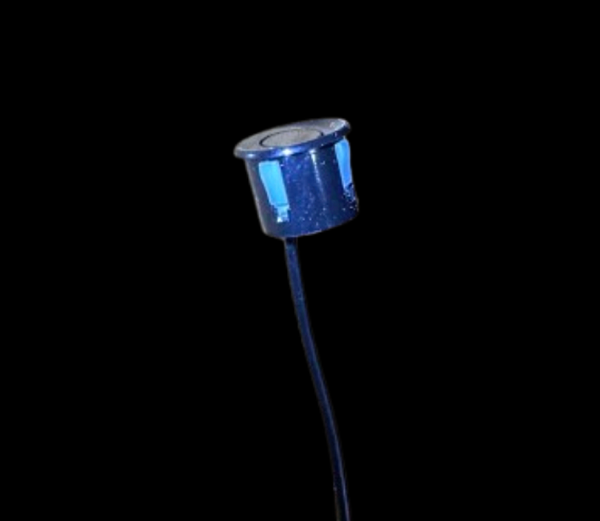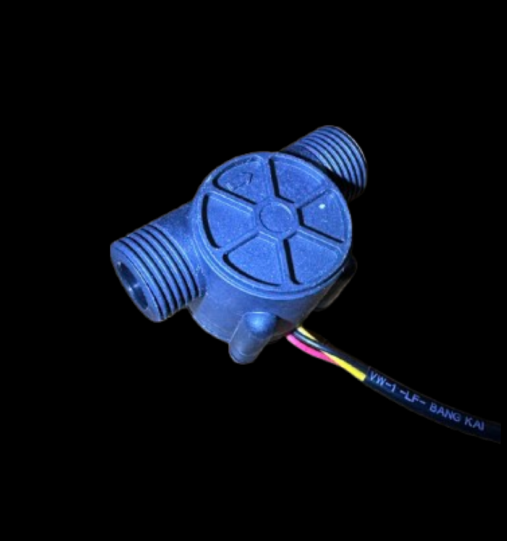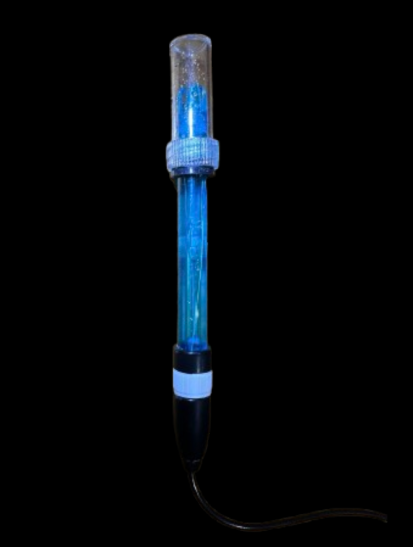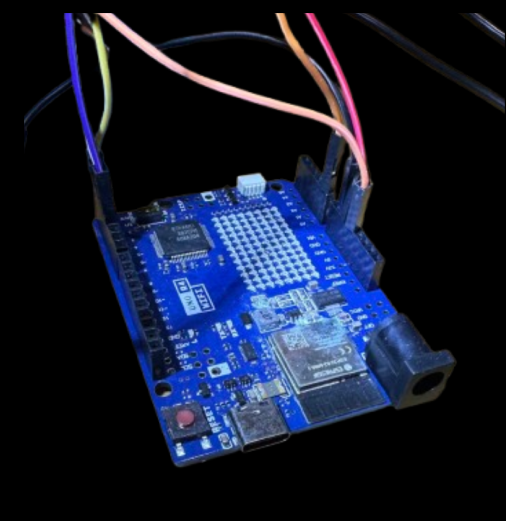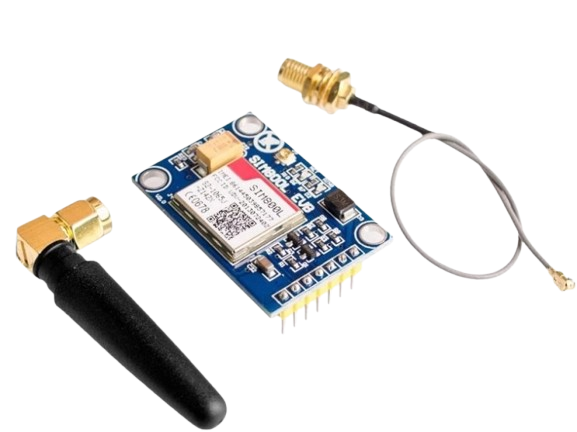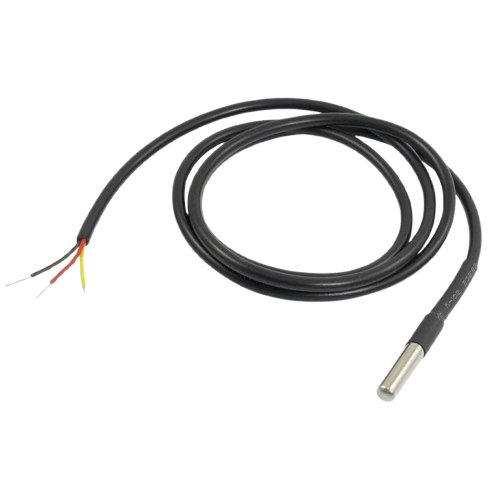Prologue:
We needed something that could monitor water quality
We set 5 goals before we started our journey 9 months ago...
- a device that’s simple
- a device that’s cheap
- a device that’s easy to
- install information presented in a comprehensive form
Chapter 1: Prototyping
FEATURES
This sensor detects the distance between itself and the water level or possible contaminants by emitting ultrasonic waves and measuring how long it takes to return.
Uses ultrasonic technology to measure how fast liquid flows through a pipe. It emits high-frequency sound waves into the fluid and calculates flow rate by analyzing how long the waves take to travel between transducers—either with or against the flow direction. The difference in transit time reveals the velocity of the fluid, allowing for accurate, non-invasive monitoring
This sensor detects the hydrogen ion concentration in a liquid by using a glass electrode probe. It outputs an analog voltage signal that corresponds to the pH level, allowing microcontrollers like Arduino to interpret the data and display the pH value in real time.
This board uses a 32-bit Arm Cortex-M4 microcontroller to deliver faster processing, more memory, and advanced features like a DAC, CAN bus, and HID support. It’s available in two versions—Minima for essential prototyping, and WiFi for wireless connectivity and onboard LED matrix animations
This module connects to mobile networks using a micro SIM card, allowing your project to send SMS, make calls, and access the internet via GPRS. It communicates through serial (UART) and requires a stable 3.7–4.2V power supply, making it ideal for remote monitoring, IoT devices, and DIY security systems
This sensor identifies metal targets by sensing changes in its magnetic field. It comes in both PNP and NPN output types, allowing flexible integration with microcontrollers or PLCs depending on your wiring needs
This sensor detects temperature by monitoring changes in electrical resistance, voltage, or infrared radiation. Depending on its type—thermistor, thermocouple, RTD, or semiconductor—it translates heat into a readable signal for real-time monitoring and control.
